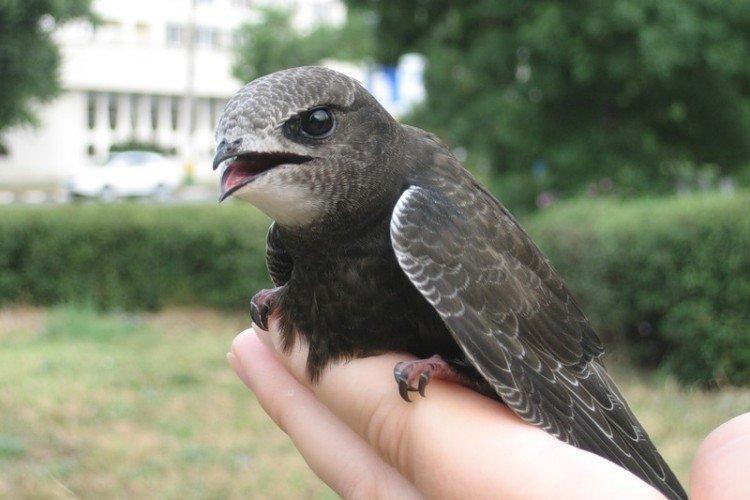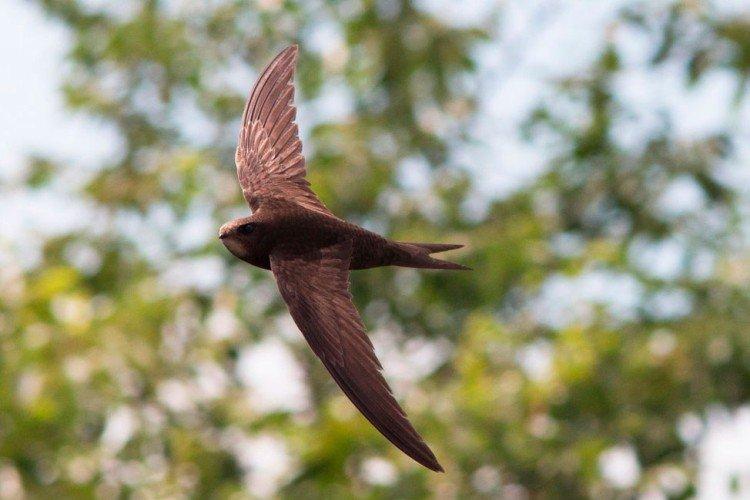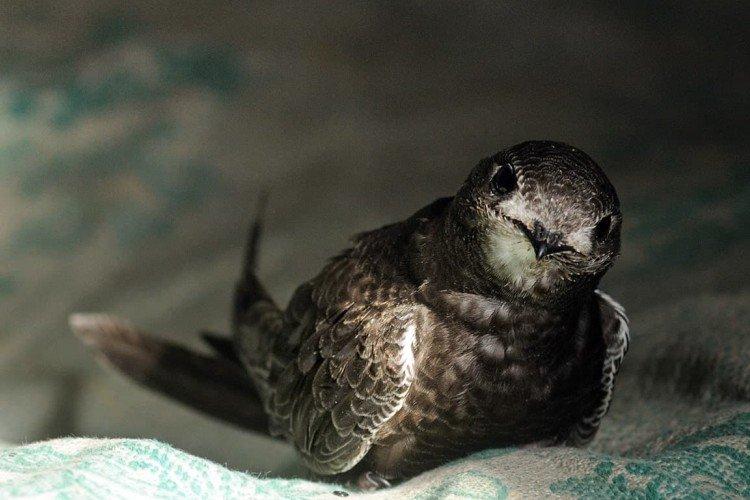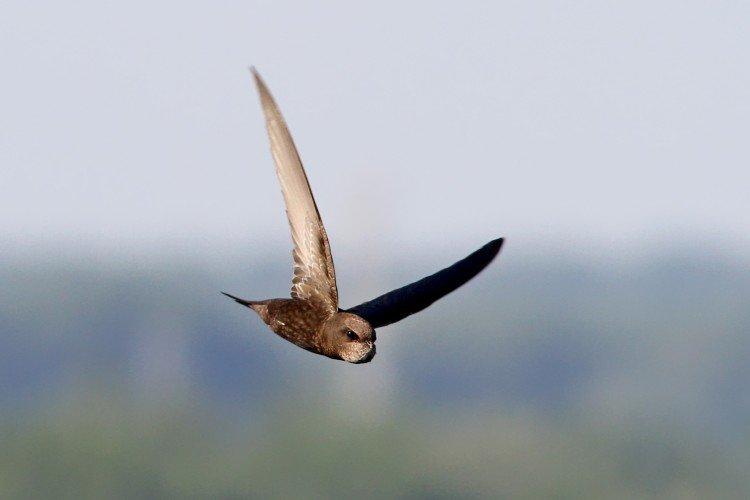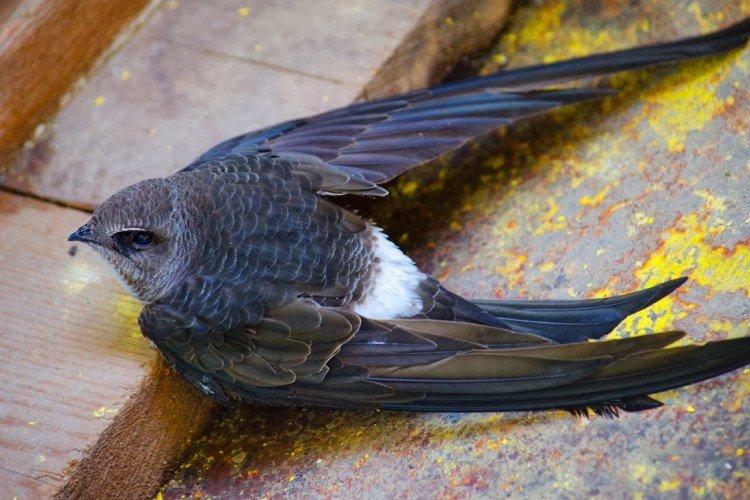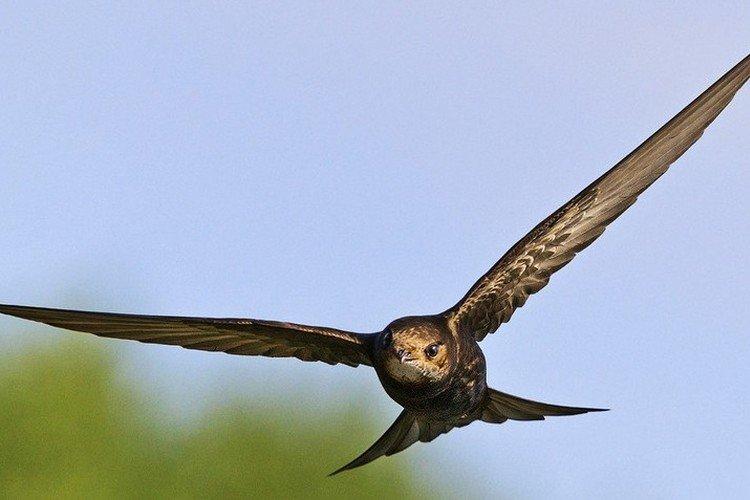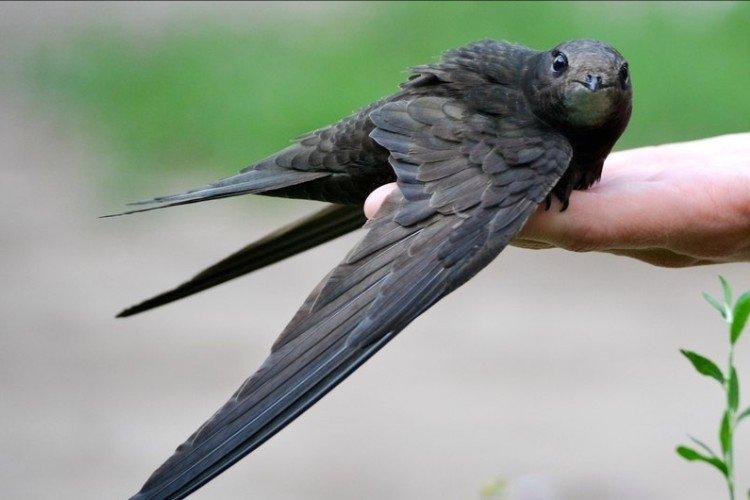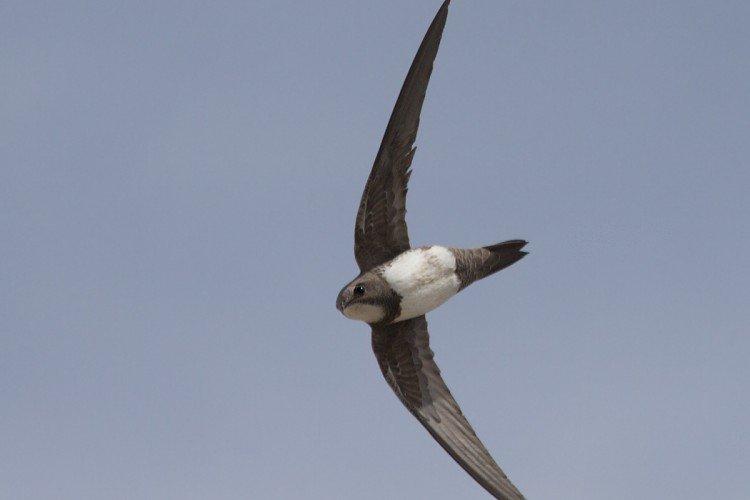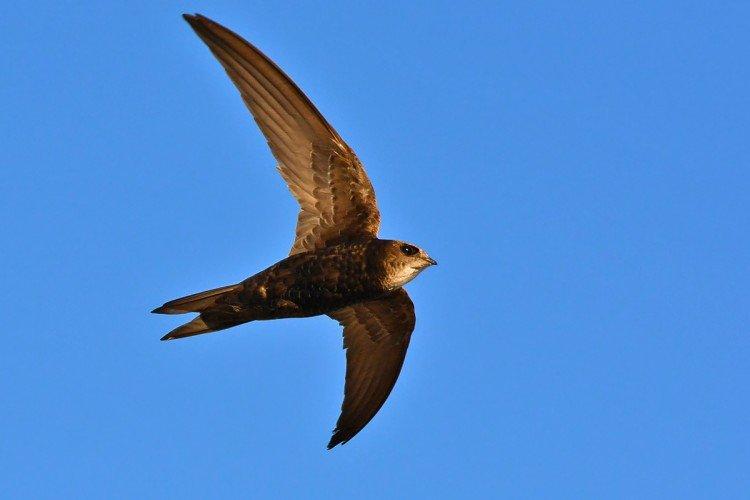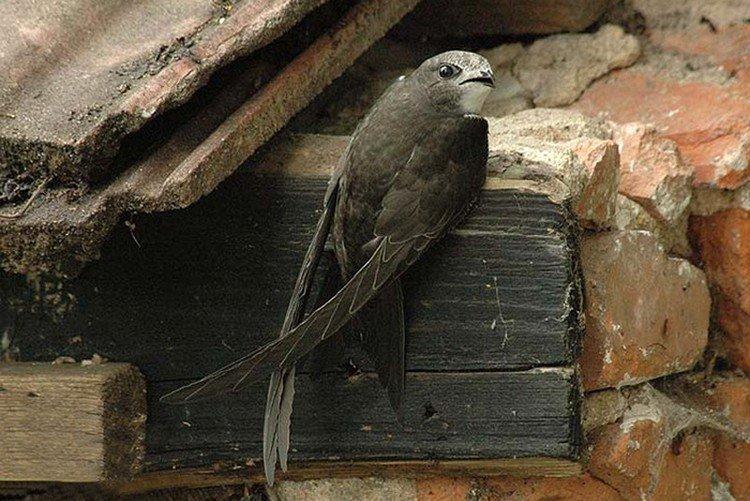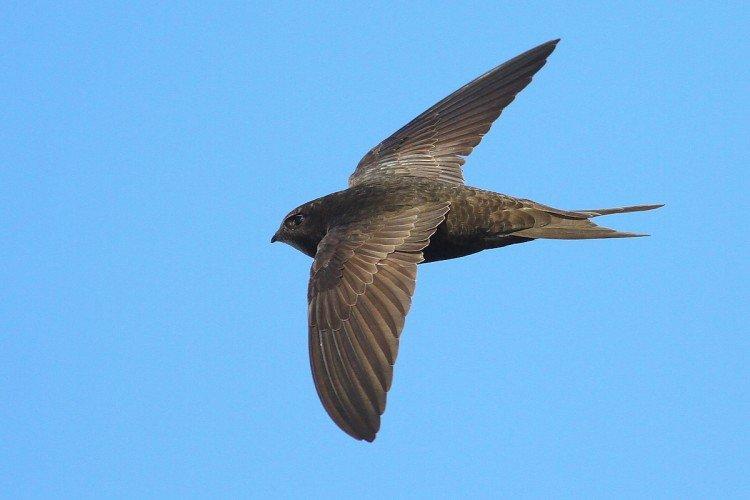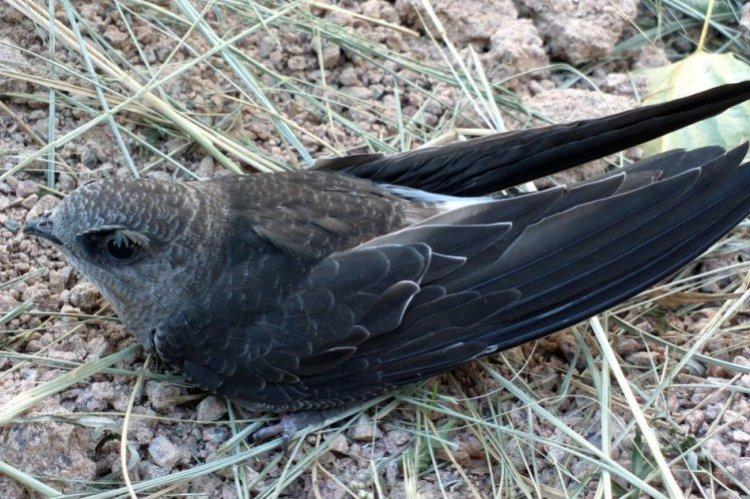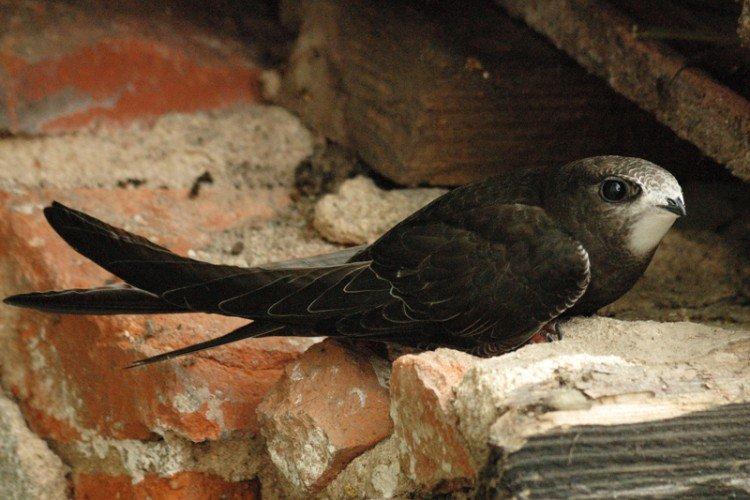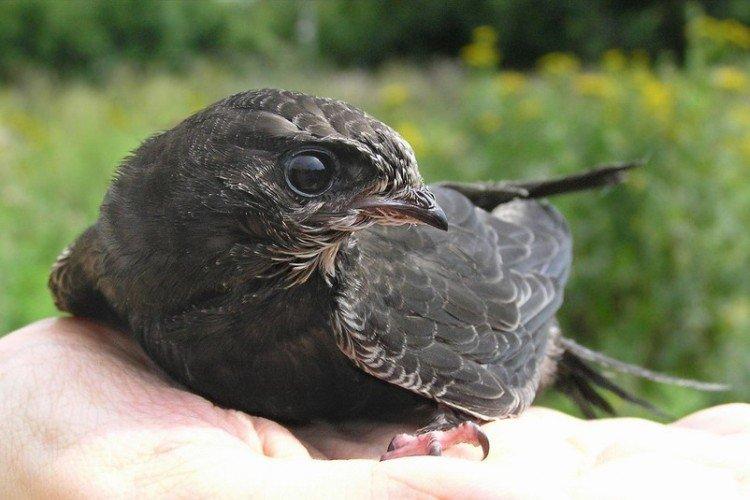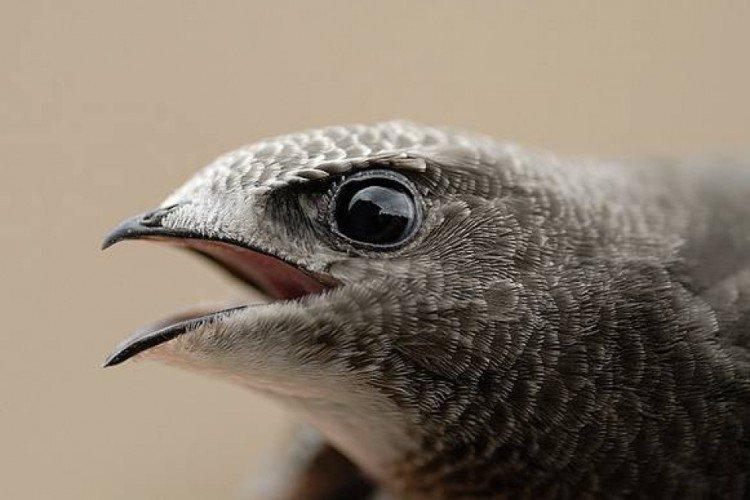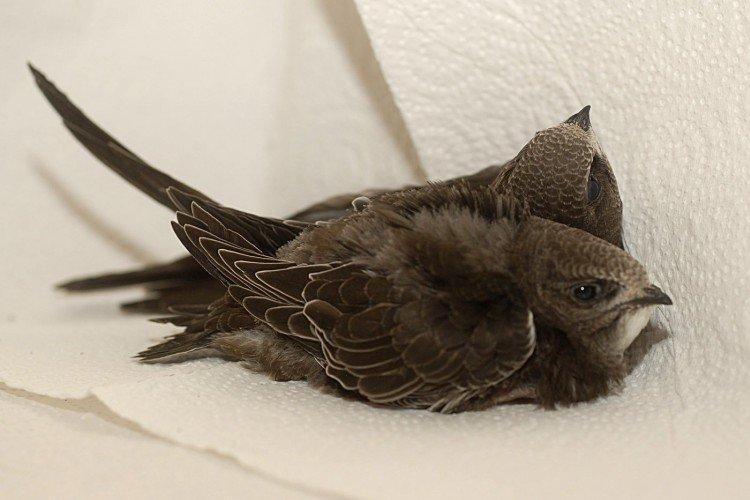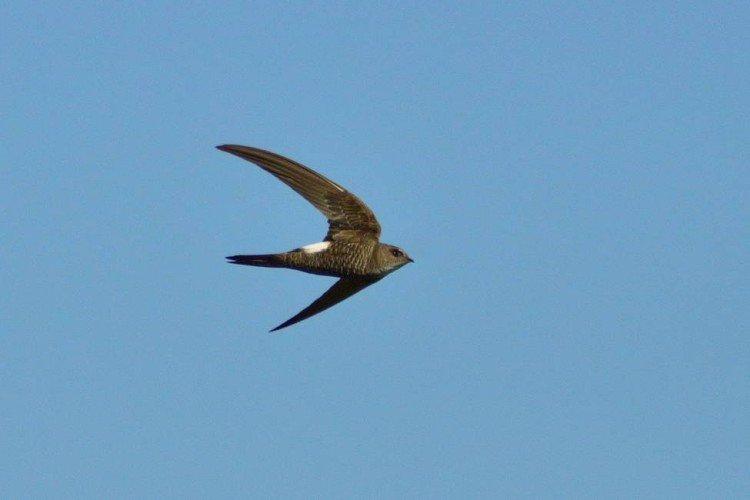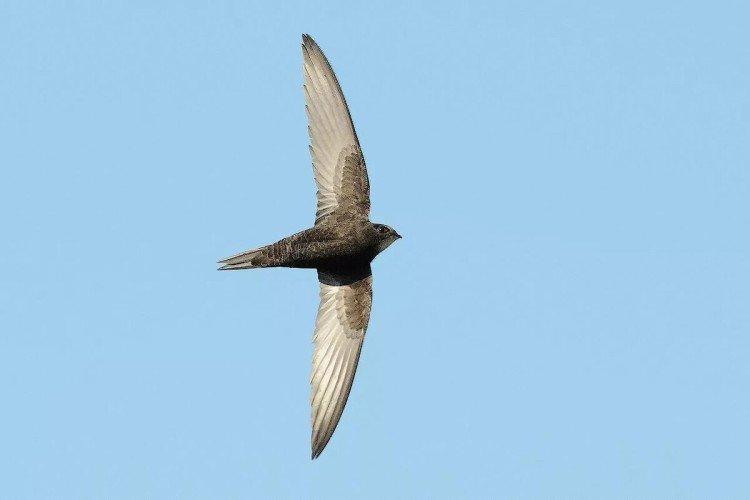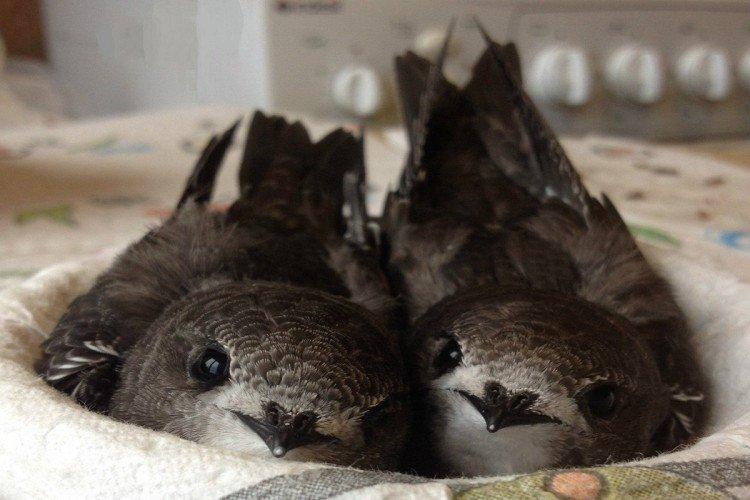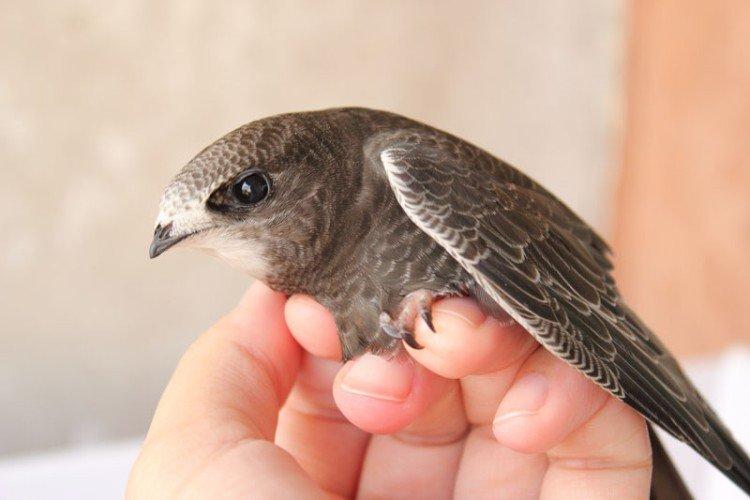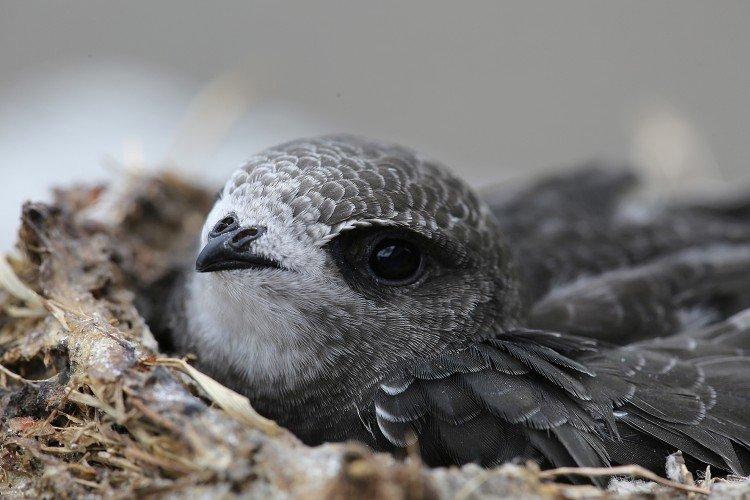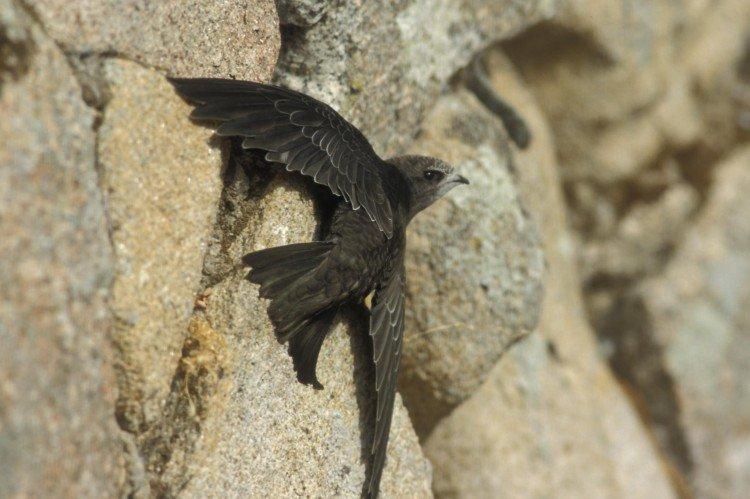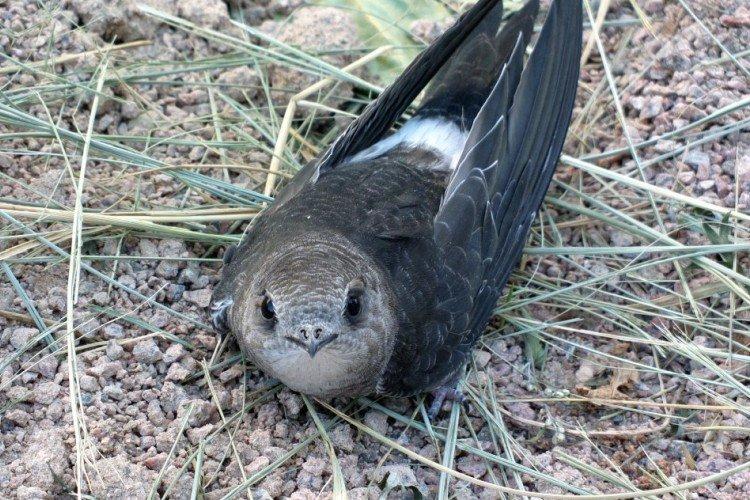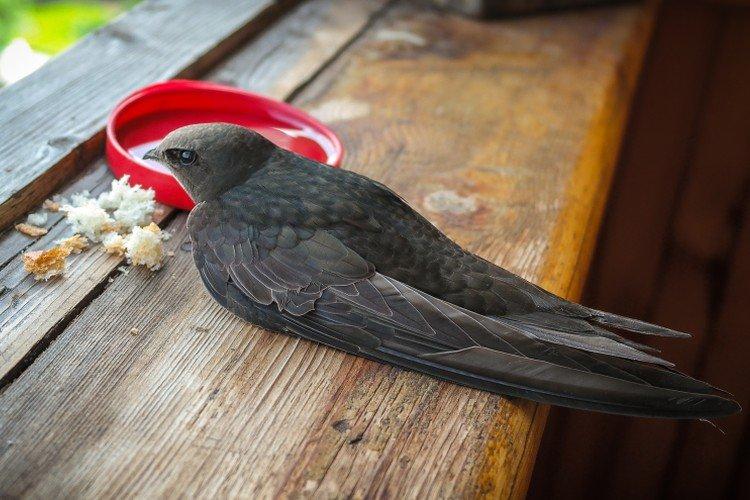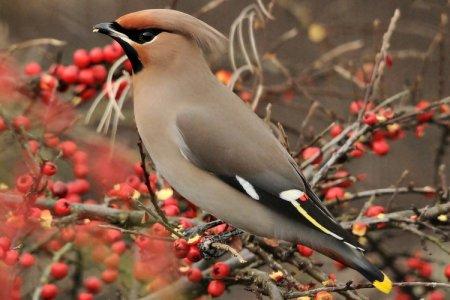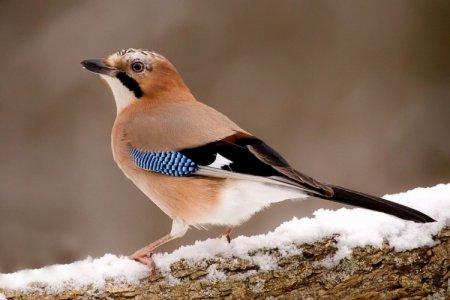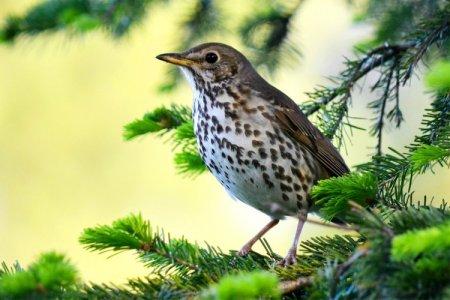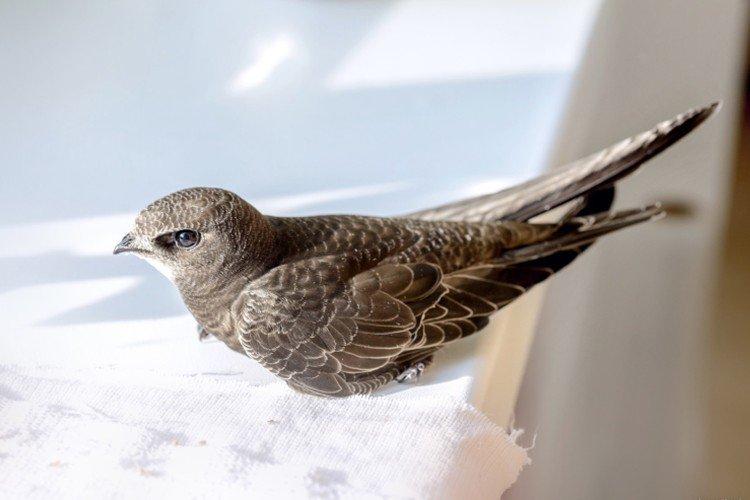
At first glance, swifts resemble swallows, but in reality they do not have much in common. This is a real champion in air travel speed. There are fixed rates of 170 km / h! How do you like these impressive numbers? And if you want to know more about haircuts, this article is especially for you!
general description
Swifts are amazing birds that can neither walk nor swim, but they have no equal in flight. They live in flocks, and today they are more and more common in cities.
Swift appearance
Despite the outward resemblance to swallows, they have no specific relationship. In addition, swifts fly in a completely different way: they are faster, but not as maneuverable. And they never sit on wires.
The plumage of swifts is gray, with black and white blotches. The colors of males and females are almost identical, so it is difficult to distinguish them even for professionals. The average body length is about 20 cm, and at the same time they have a large head and large black eyes that help to hunt.
The swifts have a wide mouth, but the beak is small. The paws are small, with four toes pointing forward. They cannot walk normally on the ground, but they perfectly cling even to steep rocks. The wingspan reaches 55 cm, while they are elongated and slightly curved.
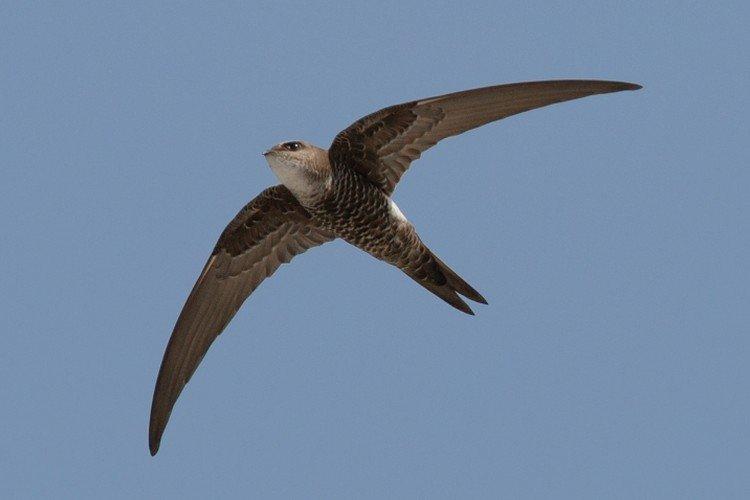
Takeoff
Swifts have very short, small legs and a large wingspan relative to the body. Therefore, they practically cannot take off from a flat horizontal surface - the wings simply beat against the plane. They definitely need a small hill.
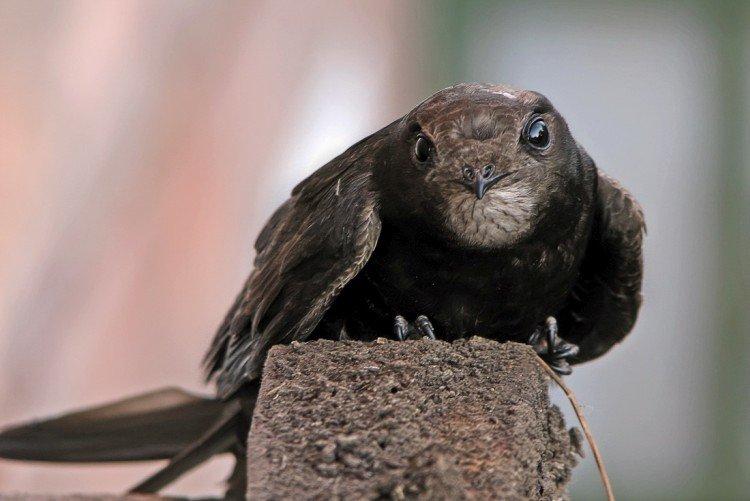
Maneuverability
The maneuverability of the swifts provides their amazing ability to use the wings asynchronously. As long as one wing is moving faster than the other, the bird is able to go into the steepest turns without slowing down.
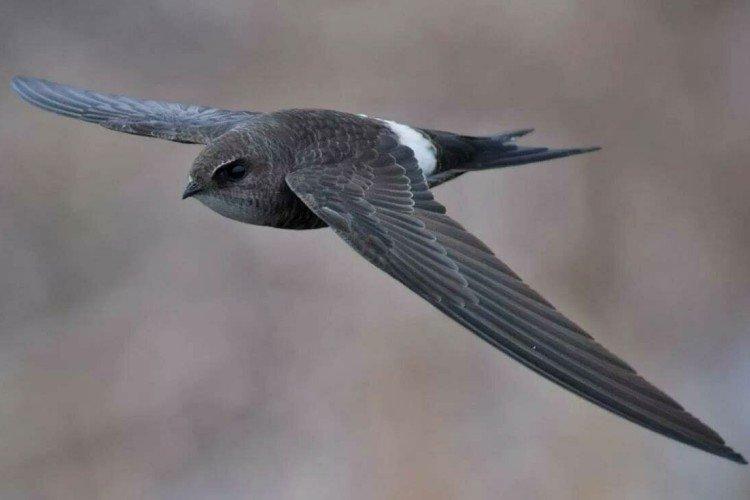
How long do swifts live?
The lifespan is determined by the species. Black swifts, common in our latitudes, live for 8-9 years. But long-lived individuals are known who have lived up to 15-20 years.
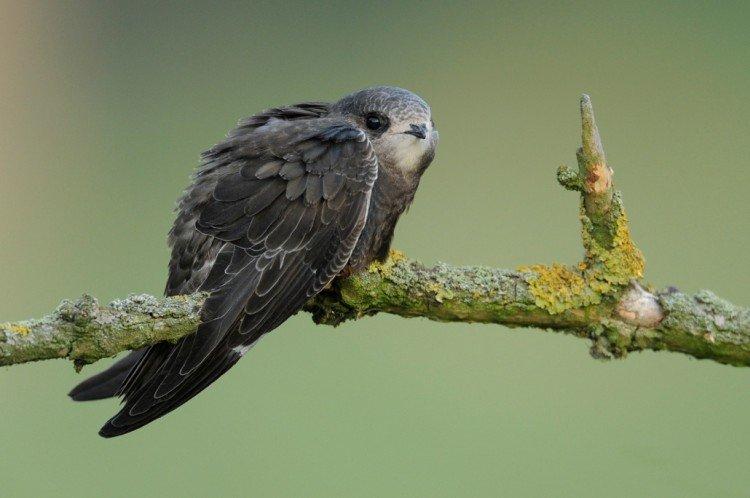
Types of swifts
There are several dozen types of swifts, and almost all of them are quite similar. Let's take a look at a few of the main ones!
Black swift
This is a European species, and it is he who is most often found in our latitudes. The black swift eats, drinks and even sleeps in the air, flying tens and hundreds of thousands of kilometers before the first landing.
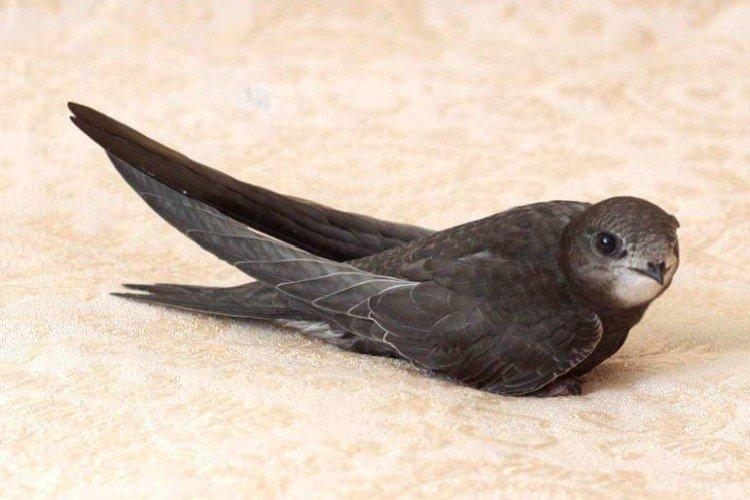
White-bellied swift
You can recognize it not only by the white spot on the belly, but also by its size. This is a rather large species weighing up to 125 g and with a wingspan of up to 58 cm.
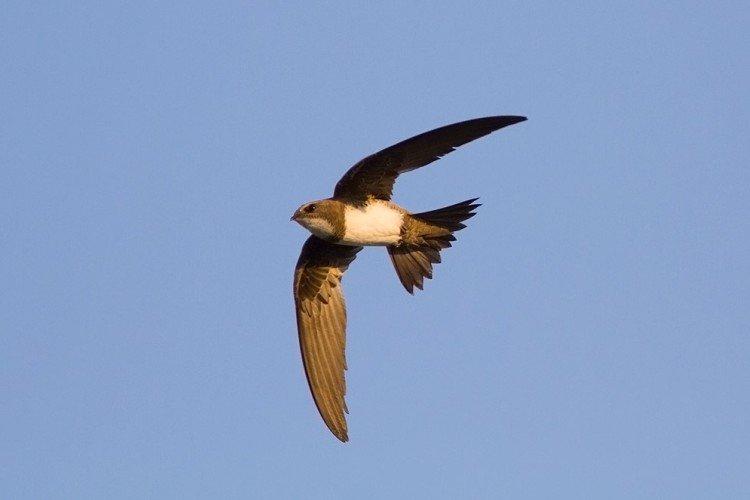
White-belted swift
As in the case of the white-bellied, the main feature is hidden in the name. This species is distinguished by a wide white stripe on the back in the place where the body gradually merges into the tail.
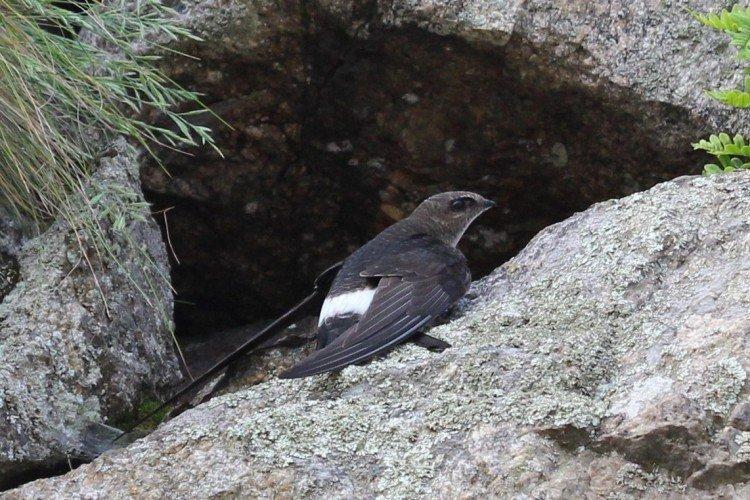
Pale swift
The pale swift resembles a tiny torpedo due to the shape of its body. Long crescent wings reach up to 18 cm in span, and this with a total weight of just over 30 g.
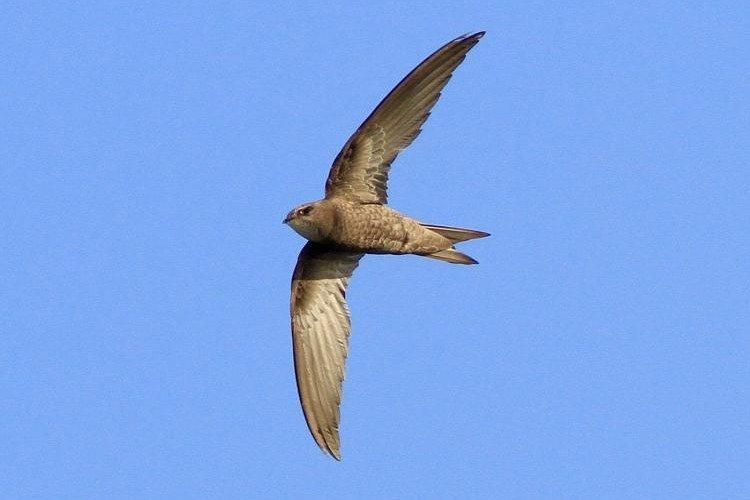
Tree swift
He is crested. It settles in the Asian and Indian forests, is distinguished by a more variegated color and a long forked tail. A crest is clearly visible on the head.
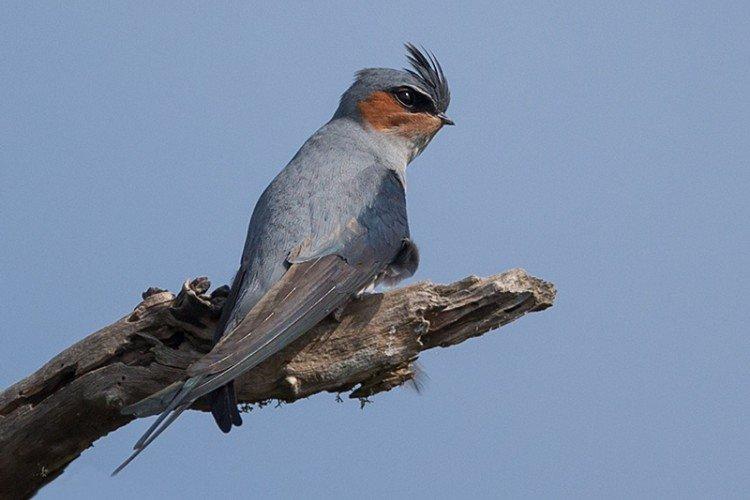
Lifestyle
The Swifts' lifestyle seems fantastic. How can you sleep in the air? But these birds do it! Moreover, they safely rest for several hours in a row, occasionally flapping their wings. Cases were recorded when the swift did not sit on the ground for more than six months.
Swifts habitat
In nature, swifts are common almost everywhere, except for remote islands and Antarctica. They practically do not descend to the ground, because only a few species can safely take off from a horizontal surface.
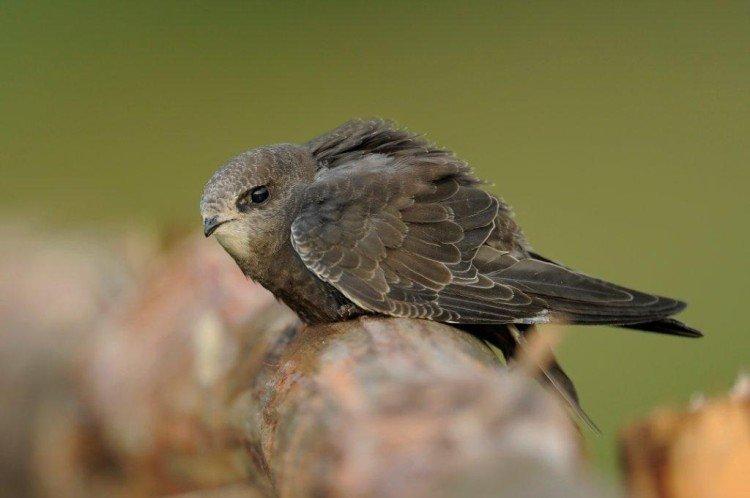
The diet
Swifts catch their prey in flight, so they feed on small flying insects, respectively. They have practically no alternatives, so in bad weather they are forced to look for a new place.
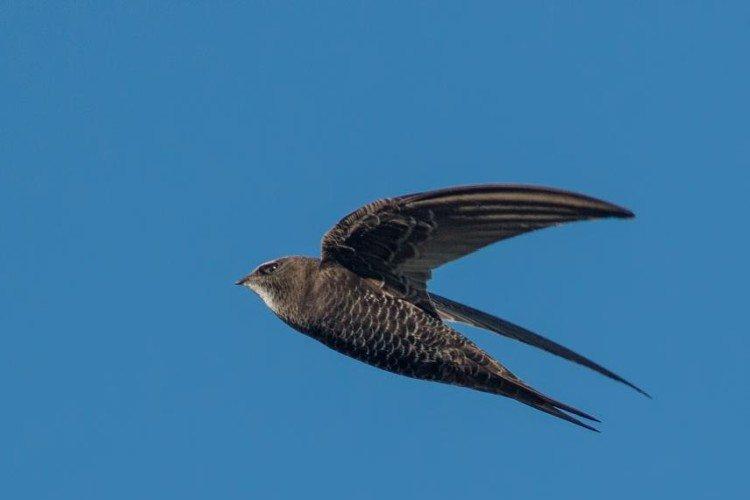
Wintering
Those species of swifts that live in the middle and northern latitudes go to warmer regions for the winter. These are mainly black swifts, and they fly to Africa and Asia in small flocks at the end of October.
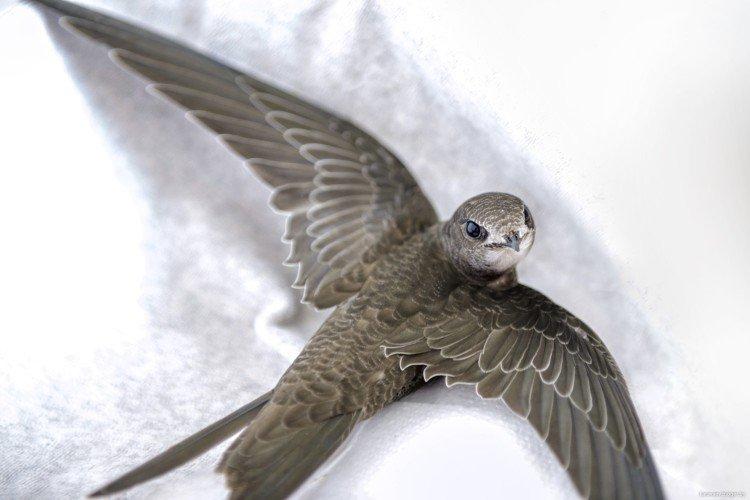
Anabiosis
These birds have poorly developed thermoregulation, therefore, with a sharp cold snap, they fall into a kind of suspended animation. The body temperature drops to 20 degrees, and the condition lasts up to 10 days. This is also why they are forced to fly away for the winter so as not to freeze at all.
In addition, if the swift is too hungry, it also hibernates, and thus can survive unfavorable days. The chicks are so waiting for the return of their parents.
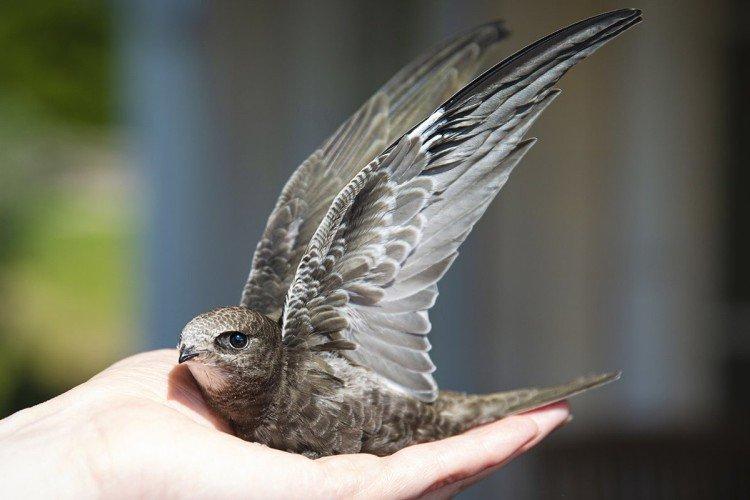
Breeding swifts
Swifts hide their nests in crevices and other hard-to-reach places. In cities, they mainly live on the roofs of high-rise buildings. Most often, upon arrival from wintering, they return to their original place and restore the nest.
By the end of April, the female lays 2-4 eggs, which are then incubated by both parents in turn. They hatch in turn, due to which the older chick always gets advantages. Surprisingly, a nimble swift hunts up to 4 thousand insects for chicks per day. If there is not enough food, swifts throw out the remaining eggs from the nest.
The incubation period is short - up to 16 days, and the female creates up to 4 clutches per season. Depending on weather conditions, chicks leave the nest for 1-1.5 months.
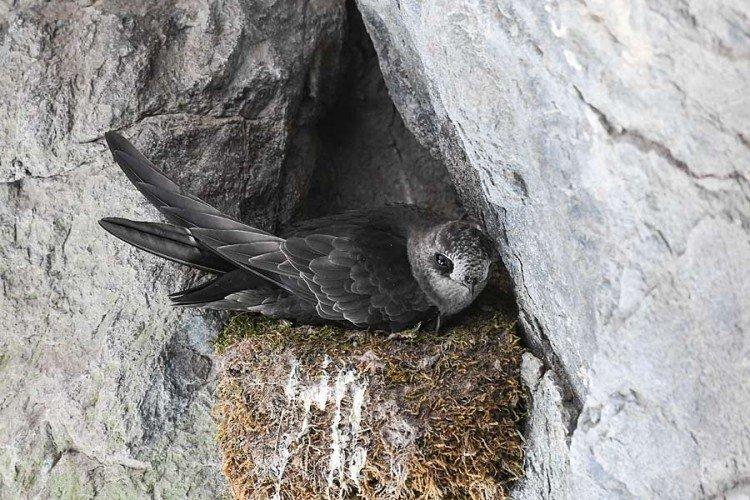
Natural enemies of the swifts
Due to the fact that the swift spends most of his life in the air, and even there he is amazingly fast, he has almost no enemies. The only dangerous enemy is the nimble bird of prey, the hobby. The others just can't keep up with him!
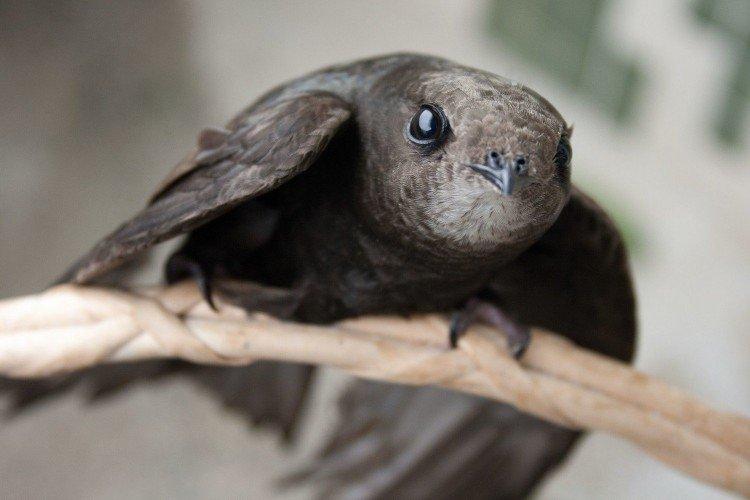
Swift - bird photo
It is almost impossible to find a calmly sitting swift in order to see it in full. Therefore, we have prepared a large selection of photos for you!
